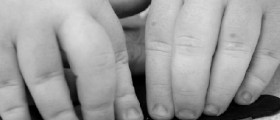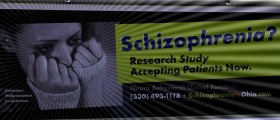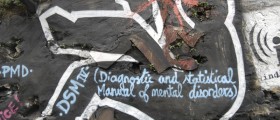
Schizophrenia is a fairly rare condition, said to affect about 1% of the entire human population. However, when we consider the fact that there are about 2 million people in the US suffering from this condition, we look at it quite differently. Also referred to as split personality disorder, schizophrenia affects men more commonly than women.
Facts about Schizophrenia
The disorder manifests through a range of psychological, mental, behavioral and social problems and anomalies. Schizophrenic people, at certain points, detach themselves from reality completely, hear voices, have hallucinations or become delusional and paranoid. They may lack coherence in speech and movements, may be disorganized, too rigid or lax and may not show their feelings and emotions, believing that everyone else is plotting a plan against them.
Types of Schizophrenia
Each type of schizophrenia is purely based on the symptoms that the affected individual shows at the time of diagnosis.
Paranoid schizophrenia is a condition manifesting through the patient's preoccupation with delusions and hallucinations. Here, disorganization is absent.
Disorganized schizophrenia is, on the other hand, characterized by disorganized speech and movements as well as emotional abnormality. Yet, the lack of additional symptoms separates this type of schizophrenia from a catatonic one.
Catatonic schizophrenia needs to involve movement difficulties or reluctance to movements or, on the contrary, hyperactivity or abnormal movements and proneness to imitation of movement and actions of other people in order to be diagnosed.
Undifferentiated schizophrenia possibly manifests through delusions, hallucinations, disorganization and catatonic behavior. Namely, the patient needs to show two of these symptoms together without meeting the requirements for any of the previously mentioned types.
Finally, social withdrawal, disinterest and absence of communication, all are signs of residual schizophrenia.
Treatment for Schizophrenia
If a patient is already undergoing medication therapy, he/she can be included in psychosocial treatment. This sort of treatment helps patients deal with all the social and behavioral issues they might face in their everyday lives. If the therapy is successful, schizophrenics can learn how to live a happy life socializing, working or going to school. However, they need to continue taking their antipsychotic medications.
Job counseling and training can also be a part of therapy for these people, taking into consideration that schizophrenia strikes during the career forming parts of a person's life, from the age of 18 until 35. Families may also be involved in the treatment since they need to learn how to help their loved ones overcome the problems he/she is facing. Alternatively, one may take part in cognitive behavioral therapy which teaches patients how to interpret and analyze their thoughts and behavior. Finally, there are numerous self-help groups which accept schizophrenics and work together to help them, through communication, understanding and support.

















Your thoughts on this
Loading...